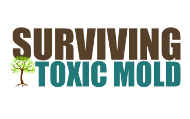|
A Mold Recovery Blog Monday, November 13 2017
Did you know that pine trees begin to decay and produce mold spores that release mycotoxin into the air as soon as they are cut? It only takes a few short days for the spores to start duplicating and building up in an indoor environment, including homes, schools and offices. Have you ever noticed that you feel sick or maybe you already know that you have been exposed to mold and when you bring out the Christmas decor or go shopping for that perfect Christmas Tree every year you start to feel a lot of mold illness symptoms coming back? Remember, we don't have to give up our holidays to enjoy life again...we just need to alter our shopping purchases and make sure that the items we are bringing into our homes or are storing in our basements and attics are not going to re-contaminate our homes or working environments.
Some research shows that mold counts in indoor environments can raise mold and spore counts as high as 5 times the normal "range" in as little as a week or two after bringing it indoors.
It is well-known that people exhibit crazy symptoms around the holidays that are very much in alignment with a toxic mold exposure. Symptoms range from shortness of breath, headaches, fatigue, throat and eye burning, asthma flares, itching skin, fevers, rashes and new food allergies. Because of this, we highly recommend that people NOT purchase freshly cut trees but opt for artificial trees that they can properly clean each year to minimize the possibility of an exposure. If you are absolutely set on buying or cutting a fresh tree, the only way to minimize the effects of an exposure would be to only have the tree in the home for no more than "4 DAYS".
The issue of cross contamination is also a very serious issue. Most often, christmas decorations from years-past can be moldy and become a NEW exposure every single year. The dangers of keeping ornaments and christmas crafts that are made of porous materials are that they can hold mold spores that can lay dorment inside and on the surface of these items all year round and then are brought out and disturbed into the open air during the holiday season. Moisture from shower areas, snowy and rainy weather, steam from cooking pots, humidifiers or even water based essential oil diffusers can trigger an expansion of a mold spore and result in growth and a new colony of toxic mold.
How to clean an artificial christmas tree for mold and mycotoxin: Start with filling a bathtub with water a few inches from the top, add 3-4 cups of "Clear" Ammonia. Submerge the entire tree and stand/base for about 10-15 minutes (there's no magic timing for this). This will neutralize any mycotoxin that may be present anywhere on the tree or stand. Let the ammonia water down the drain and rinse both the tree, sstand and tub out thorougly. With a second round, fill a bathtub with water a few inches from the top and this time add 2-3 cups of borax or baking soda. This second rinse will make sure that any mold spores are destroyed and no longer an issue.
Avoid Using These Types of Christmas Decor Real Trees If you don’t feel well during the holidays, your Comment below and let us know if you have other ideas for non-porous Christmas decor
|
|
Do you think you might have mold in your home, place of business or school? Are you or someone you love suffering from an unknown illness that doctors can't diagnose? Is mold making you sick? Go to our Step by Step and start Surviving Toxic Mold. |

 You've always enjoyed having a real Christmas Tree. It brings back memories of the past, nostalgic family feelings for most, however did you realize that it also brings trillions of mold spores as well?!!!
You've always enjoyed having a real Christmas Tree. It brings back memories of the past, nostalgic family feelings for most, however did you realize that it also brings trillions of mold spores as well?!!!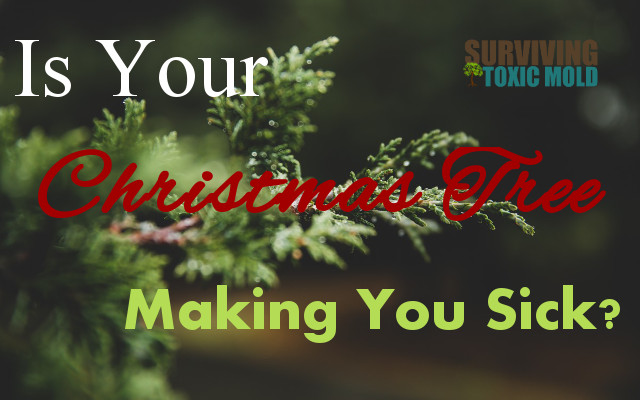

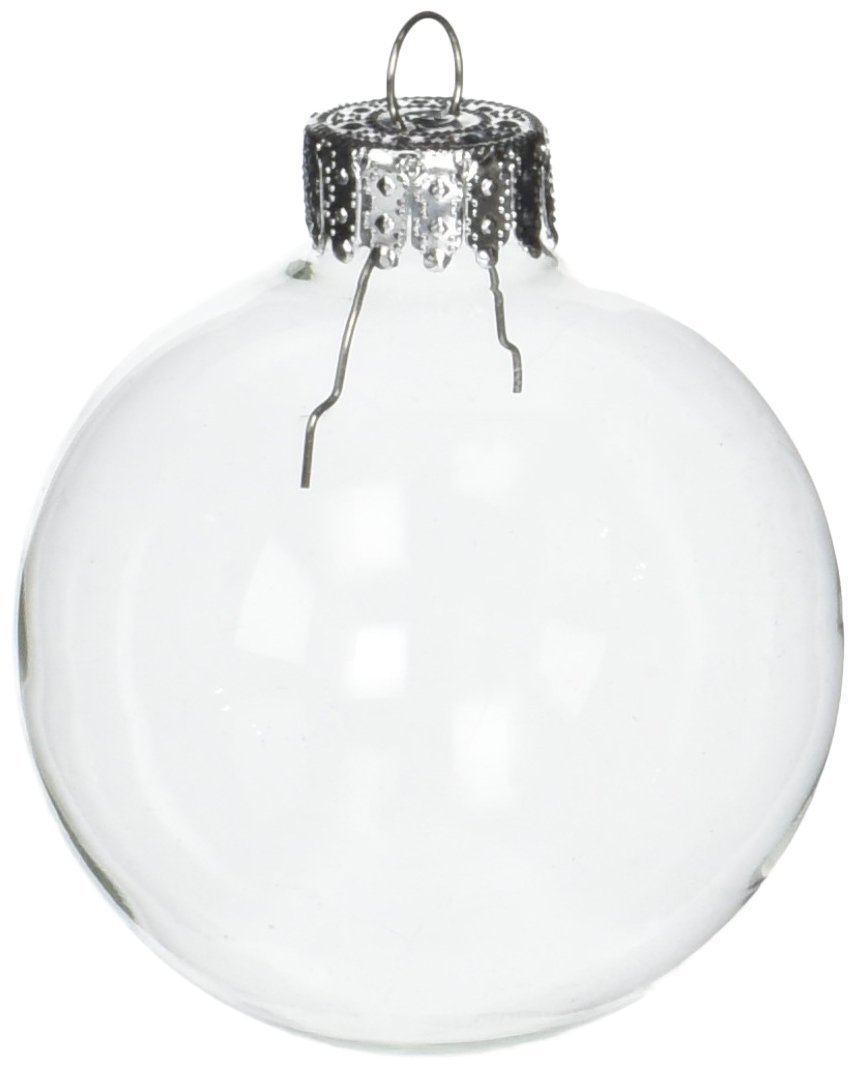 Use Glass Ornaments
Use Glass Ornaments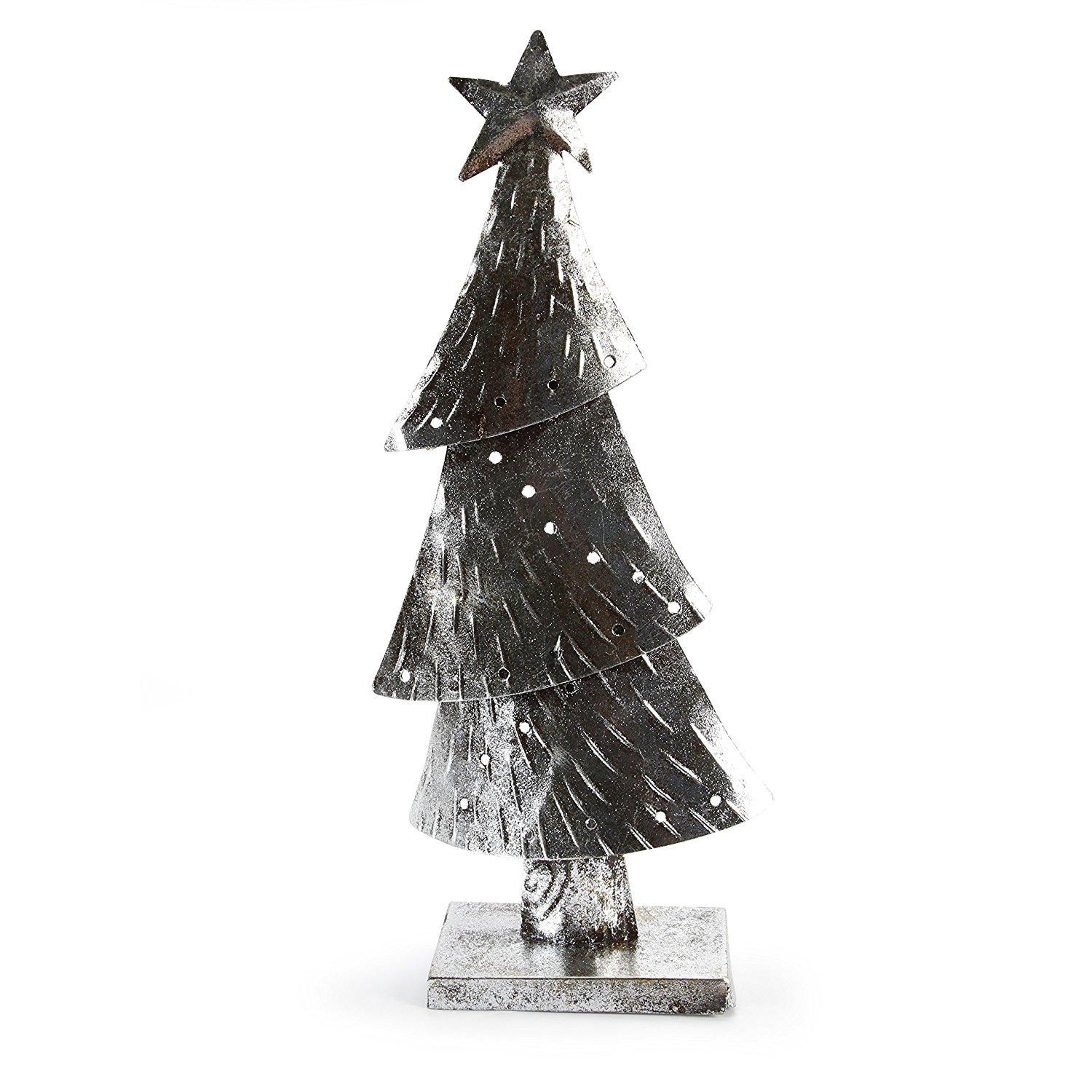 Use Metal Ornaments and Decorations
Use Metal Ornaments and Decorations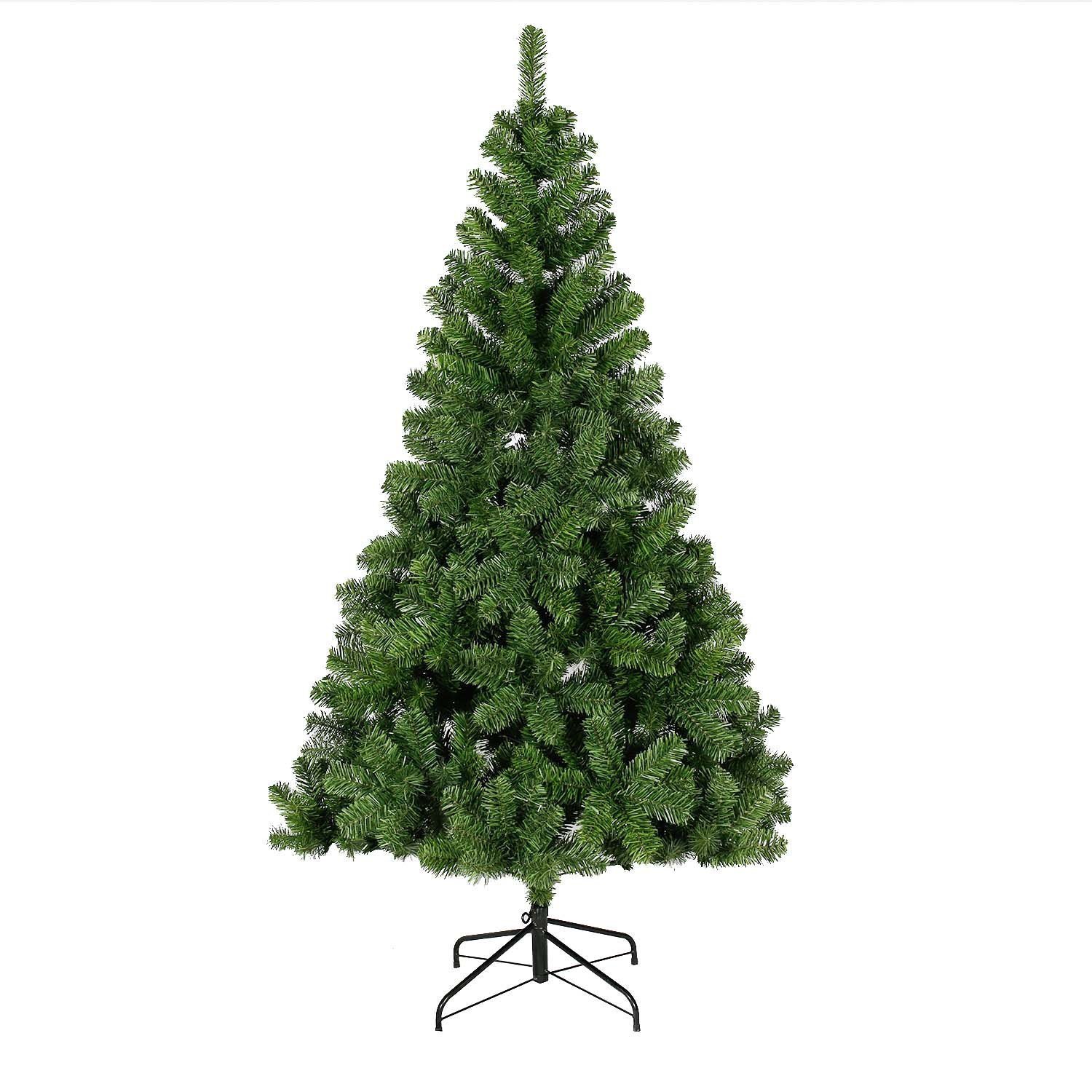 Use Artificial Christmas Trees
Use Artificial Christmas Trees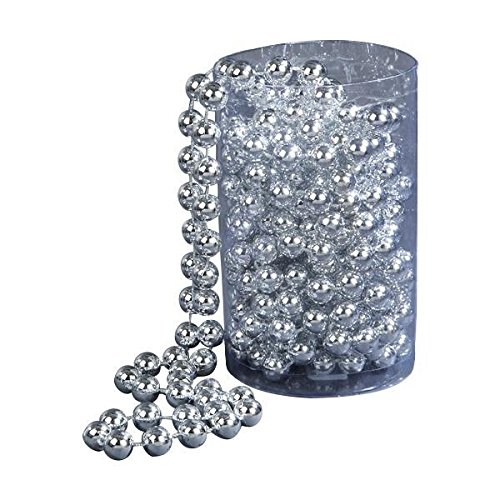 Use Beads for Garland
Use Beads for Garland


